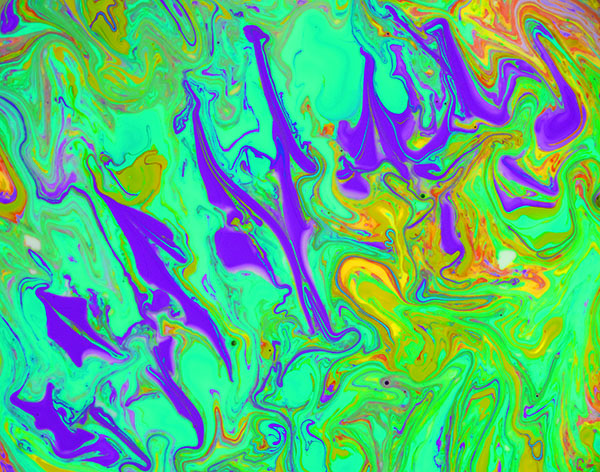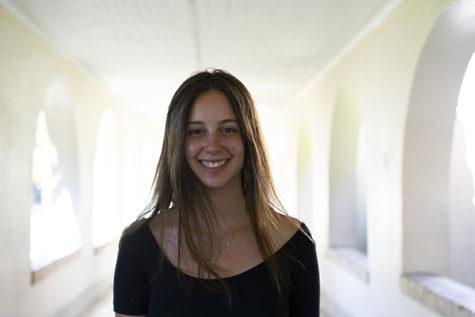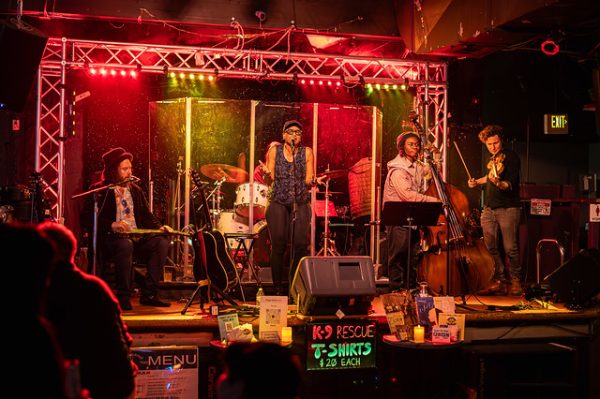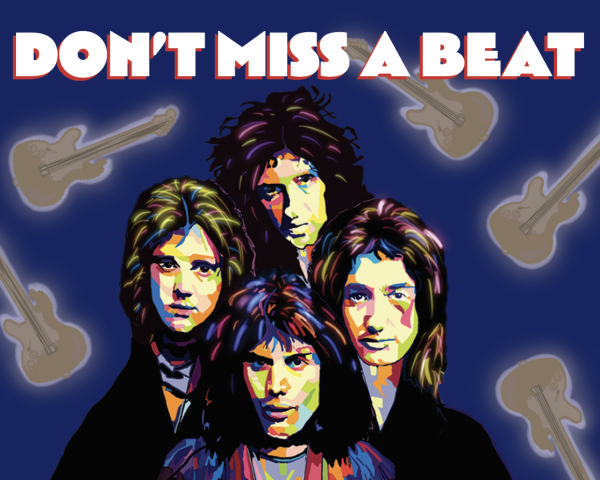A Look Into Sound
Though some enjoy listening to music in the confines of their bedroom, nothing compares to watching live performance, filled with dynamic visuals and dancing lights, indescribably connecting the audience and the performer. Live artists are known not only for their music, but for their striking concert experiences.

 Sweaty bodies piled together for miles, restless as they wait for the music to begin. Everything is black and the stage is momentarily silent. Suddenly, flashes of green and blue are projected on the many faces that lay in wait for the performance to consume them. The crowd begins to roar as an ocean of pink and purple morph together into a futuristic formation on the once black screen. Flashes of yellow lights are in sync with the strong beats emanating from the speakers. Everything goes black again and the stage returns to silence. Subtle whispers from the crowd travel through the cold air. In a burst of light, color and sound, the stage comes alive again as abstract visuals fill the crowd’s eyes and music pours into their ears.
Sweaty bodies piled together for miles, restless as they wait for the music to begin. Everything is black and the stage is momentarily silent. Suddenly, flashes of green and blue are projected on the many faces that lay in wait for the performance to consume them. The crowd begins to roar as an ocean of pink and purple morph together into a futuristic formation on the once black screen. Flashes of yellow lights are in sync with the strong beats emanating from the speakers. Everything goes black again and the stage returns to silence. Subtle whispers from the crowd travel through the cold air. In a burst of light, color and sound, the stage comes alive again as abstract visuals fill the crowd’s eyes and music pours into their ears.
In the ‘60s and ‘70s, rock bands merely dabbled with simple projector lenses and smoke bombs. Since then, the art of the concert experience has developed into a multi-million dollar industry. Today, smoke bombs have pioneered pyrotechnics, projector lenses gave way to LED displays and concert stages have become an independent art form. While the sound experience of a concert is undoubtedly unique, contemporary visual effects create another dimension that compliments the audio, giving concert-goers an enhanced experience. Through the ever-improving auditory — and now visual — stimulation, the concert experience is a platform for art that can evoke emotion through senses beyond just sound.
Technology leads the creative process for visual design. By interviewing Baz Halpin, CEO of Silent House, we took a closer look at the process of visual art as well as the importance from a professional standpoint.
Technologies have evidently progressed over the years, pushing forward many aspects of culture, and notably providing many more mediums artists can employ. But even with these constant shifts in technology, the sole purpose of set design as a form of art has remained the same over time. This is the principle that captivating visuals and set designs serve to better connect the audience with the performers before them. Past the development of audio technology, the technological advances in Adobes leading products have been utilized for set design, which evokes a variety of emotions that the performer is trying to achieve through their music. Companies have been created in order to cater to these artists’ needs, designing the visual aspects for their performance. One of the most prominent companies that have filled this new field is Silent House. Silent House is the creative direction of the art, stage direction, live event production, scenic design and video content for some of today’s top performing artists, tours and television shows.
CEO and President Baz Halpin used to be a performer himself, touring with a band in Europe in the ‘90s. His first-hand experience with both the lighting and set design that accompanies a performance, as well as performing in a concert setting himself, has led him to find his a passion of concert visuals.
Halpin has come to realize the importance of visuals and lighting, both big and small.
“You want to make sure that everyone is leaving entertained, that is the effect; you want people to be transported away,” he said. Not only is it important for the audience to feel entertained, but Halpin also feels that visual art serves to add a another medium to the performance. “It’s theater, you are getting a visual interpretation of the narrative of the song, every song is a story and you are trying to tell a story with the visual to heighten the impact of the performance.”
Technological developments are the driving force that have allowed for these visuals to enhance performances in ways that were never deemed to be possible. Visual design is now executed in an entirely new way, with a multitude of computer programs that allow for incredible set production.Some of the most commonly used are Adobe Creative Suite, Illustrator and Cinema 4d, but there are a variety of others used to create and project images, videos and text onto large screens for the entirety of the audience to see.
Halpin has noticed this shift throughout his lifetime, saying, “Technology is constantly developing and changing, creating new possibilities and opportunities. Fundamentals have always stayed the same which is creating an environment that heightens the performance.”

Design and photography are two things that Natalie is passionate about which made choosing C magazine between the different publications easy. She’s...








